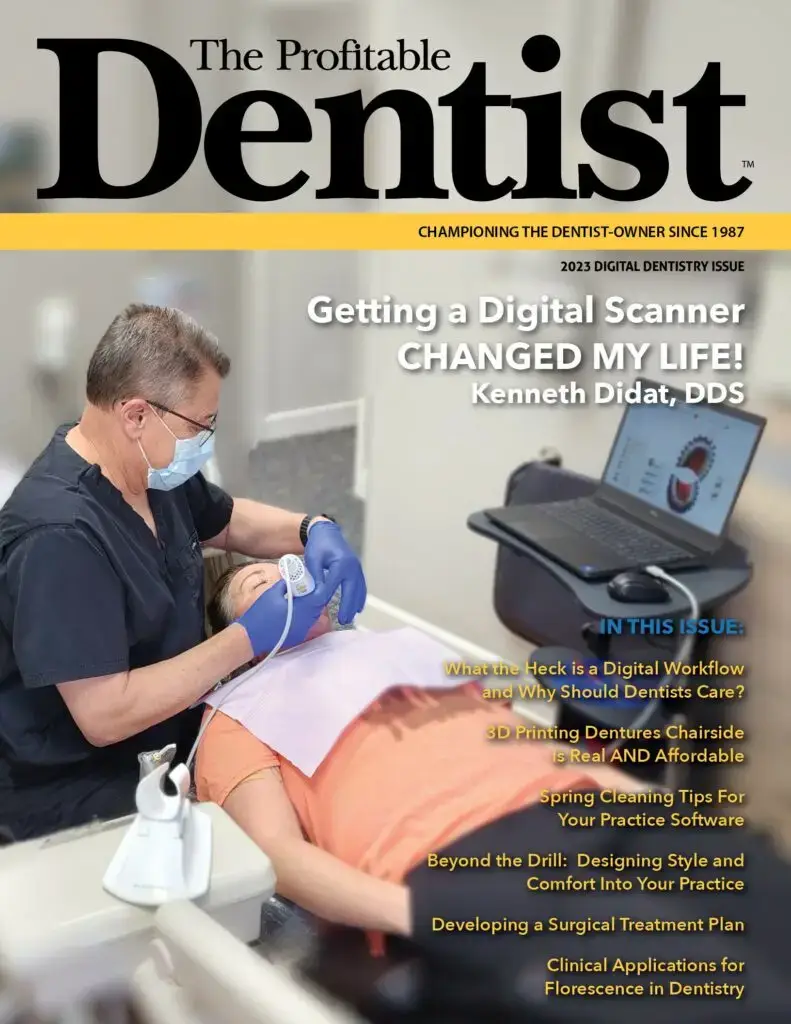Crohn’s disease and ulcerative colitis are complex disorders influenced by genetic, environmental, and immune-mediated factors. Both conditions are marked by chronic inflammation that extends beyond the gastrointestinal tract to impact the entire body, including the oral cavity. Patients with IBD frequently present with oral manifestations, such as aphthous ulcers, mucosal swelling, and angular cheilitis (Zhang et al., 2020). These symptoms are not only uncomfortable but may also provide early indicators of systemic disease.
This article aims to bridge the gap between dentistry and systemic health by highlighting the role of oral health professionals in the care of IBD patients.
Oral Manifestations of IBD
Oral lesions are common among IBD patients, affecting approximately 20–50% of this population (Ananthakrishnan et al., 2020). These manifestations may include:
- Aphthous Stomatitis: Small, painful ulcers on the oral mucosa that often correlate with disease flare-ups.
- Pyostomatitis Vegetans: A rare but pathognomonic finding of IBD characterized by pustular lesions on the oral mucosa.
- Angular Cheilitis: Cracks or sores at the corners of the mouth, often associated with malnutrition or vitamin deficiencies in IBD patients.
- Xerostomia: Reduced salivary flow, either as a result of systemic inflammation or secondary to medications like corticosteroids and biologics (López-Jornet et al., 2016).
These manifestations can serve as a diagnostic clue for undiagnosed IBD or indicate disease activity in patients with established diagnoses.
The Oral Microbiome and IBD
Research has revealed a bidirectional relationship between the oral microbiome and systemic inflammation in IBD (Atarashi et al., 2017). Dysbiosis, or an imbalance in the microbial community, is common in both the oral cavity and gut of IBD patients. Pathogenic oral bacteria such as Porphyromonas gingivalis may exacerbate intestinal inflammation by altering the gut microbiome, promoting systemic inflammatory pathways (Kitamoto et al., 2020).
Dental professionals can play a pivotal role in mitigating dysbiosis through regular periodontal care and patient education on oral hygiene.
The Dentist’s Role in Managing IBD Patients
Dentists are uniquely positioned to contribute to the holistic management of IBD by addressing oral health concerns and collaborating with gastroenterologists. Key roles include:
- Early Identification and Referral
Dentists can recognize oral manifestations that might indicate undiagnosed IBD or disease exacerbation, prompting timely referrals to gastroenterologists. - Oral Hygiene Education
Patients with IBD often experience oral complications due to reduced immune function and medication side effects. Dentists can guide these patients in maintaining optimal oral hygiene to prevent secondary infections and systemic inflammation. - Management of Oral Symptoms
Dentists can offer symptom relief for oral lesions through topical corticosteroids, antimicrobial rinses, and pain management strategies. - Collaborative Care
By collaborating with medical providers, dentists can help monitor systemic inflammation and ensure that dental treatments align with the patient’s overall health plan.
Implications for Practice
To optimize care for IBD patients, dentists should be aware of the systemic implications of oral health and integrate this knowledge into clinical practice. Continuing education on the oral-systemic link, especially regarding chronic inflammatory diseases, is essential for advancing interdisciplinary care.
Our Summary
The oral cavity serves as both a mirror and a contributor to systemic health, making dentists indispensable allies in the management of conditions like Crohn’s disease and ulcerative colitis. By addressing oral manifestations, providing patient education, and collaborating with medical teams, dentists can significantly enhance the quality of life for individuals suffering from IBD.
References
Ananthakrishnan, A. N., Kaplan, G. G., & Ng, S. C. (2020). Changing global epidemiology of inflammatory bowel diseases: Sustaining health care delivery into the 21st century. Clinical Gastroenterology and Hepatology, 18(6), 1252–1260. https://doi.org/10.1016/j.cgh.2020.01.028
Atarashi, K., Tanoue, T., Shima, T., et al. (2017). Treg induction by a rationally selected mixture of Clostridia strains from the human microbiota. Nature, 500(7461), 232–236. https://doi.org/10.1038/nature12331
Kitamoto, S., Nagao-Kitamoto, H., Jiao, Y., et al. (2020). The intersection of microbiome and host at the oral and gut mucosal barriers: Lessons from inflammatory bowel disease. Frontiers in Immunology, 11, 765.
López-Jornet, P., Camacho-Alonso, F., & Lucero-Bermejo, J. (2016). Oral manifestations of inflammatory bowel disease: A review. Medicina Oral, Patología Oral y Cirugía Bucal, 21(3), e339–e345. https://doi.org/10.1111/j.1468-3083.2009.03304.x
Zhang, Y. Z., & Li, Y. Y. (2020). Inflammatory bowel disease: Pathogenesis. World Journal of Gastroenterology, 20(1), 91–103. https://doi.org/10.3748/wjg.v20.i1.91



